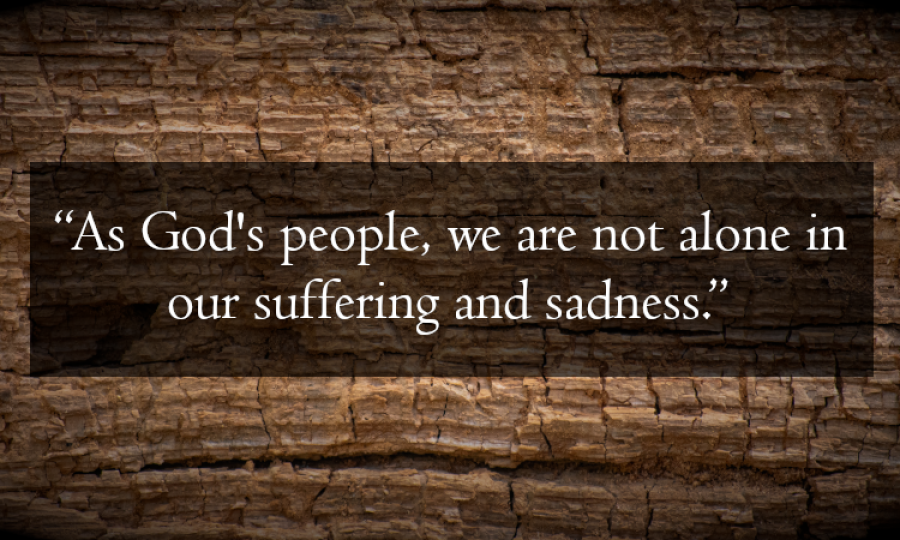The Darker Side of Christmas: Joy Comes in the Mourning
Image

When we think of the story of Jesus’s birth in the little town of Bethlehem, we envision a beautiful and peaceful scene with shepherds and wise men gathered around a manger, worshipping the young Christ. But that’s not the whole picture! Matthew reminds us that the birth of Christ was not only associated with happiness and hope but also with feelings of profound sorrow and deep despair. In the second chapter of his Gospel, he recounts a tragic event that followed the birth of Christ, which Christian tradition refers to as “the Massacre of the Innocents.” In an attempt to kill the Christ-child, King Herod ordered the slaughter of all male children in Bethlehem under two-years of age.
Why does Matthew include this tragic story in his account? How does the sorrow of bereaved mothers in Bethlehem contribute to Matthew’s Gospel presentation? I address those questions in the message below. In short, we see that the tears of Bethlehem’s mothers belong to a trail of tears that reaches all the way back in redemptive history to the fall of mankind in the Garden of Eden. What’s more, we learn that God himself is afflicted in the afflictions of his people. Best of all, we come to realize that the tears in Bethlehem mark a climax in the sorrow of God’s people that serves as a harbinger of the Messianic hope and deliverance that would come through the very Christ-child Herod sought to destroy.
If you’d like to see how this message is developed in Matthew’s Gospel and his interpretation of Jeremiah 31, watch the video or listen to the audio below.
Bob Gonzales Bio
Dr. Robert Gonzales (BA, MA, PhD, Bob Jones Univ.) has served as a pastor of four Reformed Baptist congregations and has been the Academic Dean and a professor of Reformed Baptist Seminary (Sacramento, CA) since 2005. He is the author of Where Sin Abounds: the Spread of Sin and the Curse in Genesis with Special Focus on the Patriarchal Narratives (Wipf & Stock, 2010) and has contributed to the Reformed Baptist Theological Review, The Founders Journal, and Westminster Theological Journal.
- 58 views


Discussion